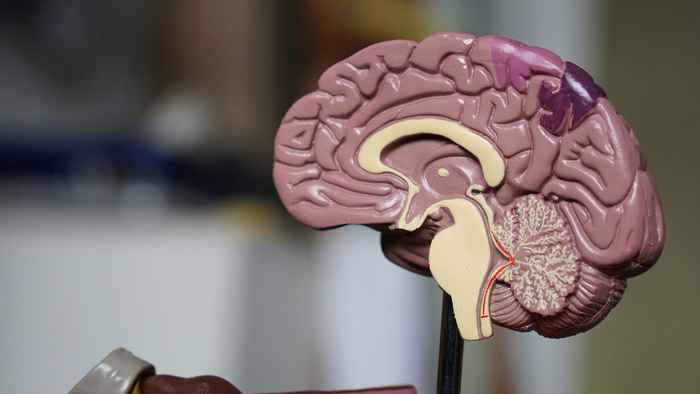Can AI reduce animal testing – and what about bias?
14 June 2024

Ischemic stroke, caused by a blockage in one of the arteries that supplies blood to the brain, is one of the leading causes of death worldwide. New medical treatments are actively being developed for this condition, but the regulatory process is resource-heavy and time-consuming, medical researcher Praneeta Konduri explains. ‘Making new devices and treatment options available in clinical practice is still a challenge. This is a slow process that involves animal experiments and clinical trials.’
Synthetic patients
AI can provide a partial solution to this problem. By building computational models of stroke treatments, researchers can simulate both the stroke and the treatment in the computer. They can even create ‘synthetic patients’ – using data from a large stroke patient database – in order to learn more about what kind of treatment would be most beneficial for what kind of patient. Konduri: 'This way, we can start to ask questions like: what kind of stoke treatment would be best for a 70-year-old diabetic woman?'

Making new devices and treatment options available in clinical practice is still a challenge.Praneeta Konduri, Amsterdam UMC
Although synthetic data and computational modeling will not be enough to completely replace animal testing and clinical trials, they may reduce the need for it and speed up the process, the researcher explains. ‘Based on computational models, we could identify specific treatments that would work for certain populations. With such models, we could then suggest which treatments would most likely succeed in animal testing or clinical trials.’
AI democratization
The project, which is funded by a seed grant from the UvA-wide research theme Responsible Digital Transformations, is a collaboration between researchers from the Amsterdam UMC, the Informatics Institute, and the Faculty of Humanities. Konduri: ‘We are quite used to seeing things from a technical and experimental point of view, but we also wanted to see what underlying assumptions and biases we have in our data sets from a sociological perspective.’
This is where the expertise of Randon Taylor (Faculty of Humanities), who specializes in AI democratization, comes in. ‘The main goal of democratization is to make AI more human-centric, rather than model and data-centric’, Taylor explains. ‘Democratization seeks to help AI align with “human values” in a way that promotes human well-being.’ In this project, Taylor is focusing on what biases may exist in the data that is used to create the computational models and synthetic patients. ‘If there is indeed a bias in the underlying data, we need to be able to account for it. For example, while developing AI models to generate synthetic data. Biases can arise at any point, in the entire process between data scientist, clinician, and patient.’

Biases can arise at any point, in the entire process between data scientist, clinician, and patient.Randon Taylor, Institute for Logic, Language and Computation
Growing realities
Working on an interdisciplinary project has its challenges, says Taylor: ‘We talk about the same things, but there is different terminology. But that challenge is actually a benefit in my opinion, because we get to grow our realities and expand the way that we think about these research problems. These problems cannot be solved just from a computational approach, you have to think about public health, bias, sociology – it all matters.’